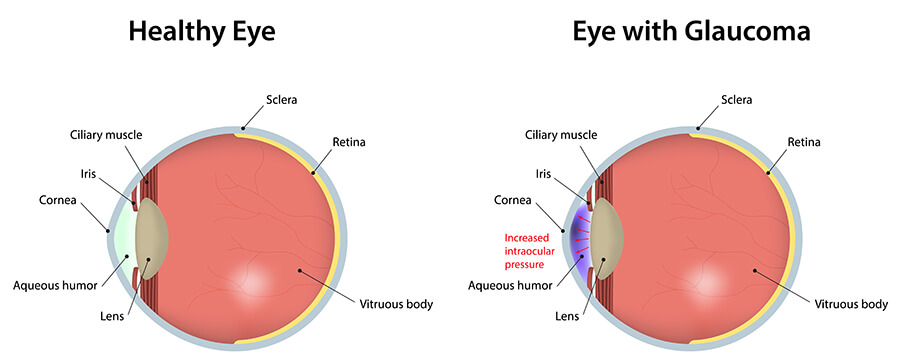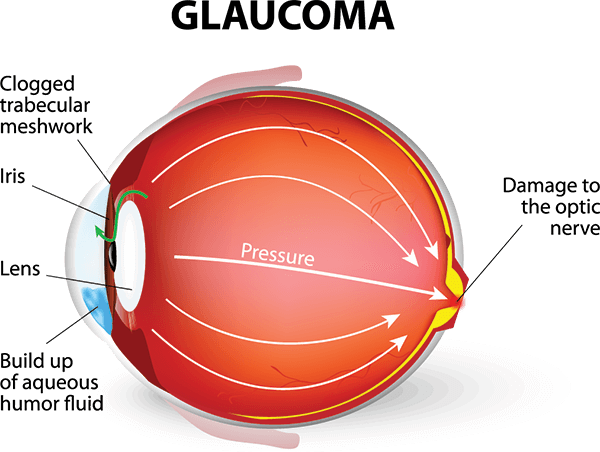Understanding the Different Vision Adjustment Procedures Available for Clearer View
In the world of vision improvement procedures, a multitude of choices exist to address refractive errors and offer people with more clear sight. From the widely identified LASIK surgical treatment to much less intrusive treatments like PRK and implantable lenses, the field of ophthalmology provides a variety of methods customized to suit various needs and preferences. Each procedure comes with its own collection of considerations, advantages, and prospective risks. Recognizing the subtleties of these vision modification methods is crucial for making educated decisions regarding one's visual wellness. Let's discover the ins and outs of these procedures and clarified the path to achieving improved vision clarity.
LASIK Surgery
LASIK surgery is an usual refractive treatment made use of to remedy vision troubles such as astigmatism, farsightedness, and nearsightedness. This medical strategy, which stands for Laser-Assisted in Situ Keratomileusis, intends to reshape the cornea to enhance just how light is focused on the retina, ultimately boosting vision clearness.
One of the key benefits of LASIK surgery is the quick renovation in vision experienced by clients. Several individuals discover a substantial enhancement in their eyesight right away after the procedure. In addition, the majority of people report marginal discomfort and pain throughout the surgical procedure and recuperation duration. The recuperation time for LASIK is fairly fast, with numerous people going back to their everyday activities within a day or 2 post-operation. On the whole, LASIK surgery is a prominent option for people looking for a long-lasting remedy for their vision issues.
PRK Treatment
While also a common refractive treatment, the PRK (Photorefractive Keratectomy) technique varies from LASIK surgery in its technique to correcting vision issues. In PRK, instead of producing a flap on the cornea, the outer layer of the cornea, called the epithelium, is totally removed. This permits the laser to reshape the cornea to correct refractive mistakes such as nearsightedness, astigmatism, and farsightedness straight externally.

Despite the longer healing time, PRK can generate outstanding cause vision improvement, making it a beneficial choice for those who might not appropriate candidates for LASIK surgical procedure.
Implantable Lenses
As opposed to PRK where the cornea is reshaped straight, implantable lenses use one more method for fixing vision by putting man-made lenses inside the eye. This procedure is specifically advantageous for people with high degrees of astigmatism, nearsightedness, or farsightedness who may not appropriate prospects for laser surgeries like LASIK or PRK.
Implantable lenses, likewise understood as phakic intraocular lenses, work by supplementing the eye's natural lens with a synthetic one. eyecare near me. These lenses can be put in front of the natural lens (former chamber) or behind the iris and before the all-natural lens (posterior chamber) By readjusting more the power and positioning of these lenses, eye doctors can properly correct refractive errors and enhance visual acuity
One advantage of implantable lenses is that they are exchangeable and removable, providing flexibility for future adjustments. However, as with any surgical procedure, there are risks entailed, such as read this post here infection or cataract development. Patients thinking about implantable lenses must speak with an eye treatment expert to figure out the most appropriate alternative based upon their specific demands and eye health.
Corneal Rings
Corneal rings, additionally referred to as intracorneal ring sectors, are small, transparent devices inserted into the cornea to remedy vision distortions such as keratoconus. Keratoconus is a condition where the cornea thins and protrudes exterior, creating vision to come to be altered. The insertion of corneal rings helps to squash the cornea, improving visual skill and lowering the irregular astigmatism brought on by keratoconus.
The procedure for putting corneal rings is relatively fast and minimally invasive, frequently done as an outpatient procedure. Throughout the surgical treatment, the ophthalmologist makes a tiny incision in the cornea and inserts the rings at a specific deepness. Once in place, the rings aid to improve the cornea, providing a smoother surface area for light to go into the eye, which can result in more clear vision.
Corneal rings are taken into consideration a relatively easy to fix treatment, as they can be eliminated or changed if required. eyecare near me. While they may not completely eliminate the requirement for glasses or contact lenses, corneal rings can substantially boost vision top quality and general visual comfort for individuals with keratoconus or various other corneal irregularities
Refractive Lens Exchange
Following the adjustment of corneal abnormalities with procedures like corneal rings, another vision adjustment strategy that can deal with refractive errors is Refractive Lens Exchange (RLE) RLE is an operation that entails replacing the eye's natural lens with a man-made intraocular lens (IOL) to this website remedy refractive mistakes such as farsightedness, nearsightedness, and presbyopia. This treatment is particularly helpful for individuals that might not appropriate prospects for treatments like LASIK or PRK because of elements such as thin corneas or high refractive errors.

Conclusion
To conclude, there are various vision modification procedures offered to help people achieve more clear view. LASIK surgical procedure, PRK treatment, implantable lenses, corneal rings, and refractive lens exchange are all alternatives that can address various vision concerns. It is essential for individuals to seek advice from with their eye treatment company to identify the most appropriate procedure based upon their particular requirements and choices. With advancements in modern technology, achieving enhanced vision is currently extra available than ever previously.
In the realm of vision correction procedures, a wide range of choices exist to resolve refractive mistakes and provide individuals with clearer view.LASIK surgical treatment is an usual refractive procedure used to fix vision troubles such as nearsightedness, farsightedness, and astigmatism.While also a common refractive procedure, the PRK (Photorefractive Keratectomy) strategy differs from LASIK surgical treatment in its technique to remedying vision issues.Complying with the modification of corneal irregularities with procedures like corneal rings, another vision modification technique that can resolve refractive errors is Refractive Lens Exchange (RLE) LASIK surgery, PRK treatment, implantable lenses, corneal rings, and refractive lens exchange are all choices that can address various vision problems.